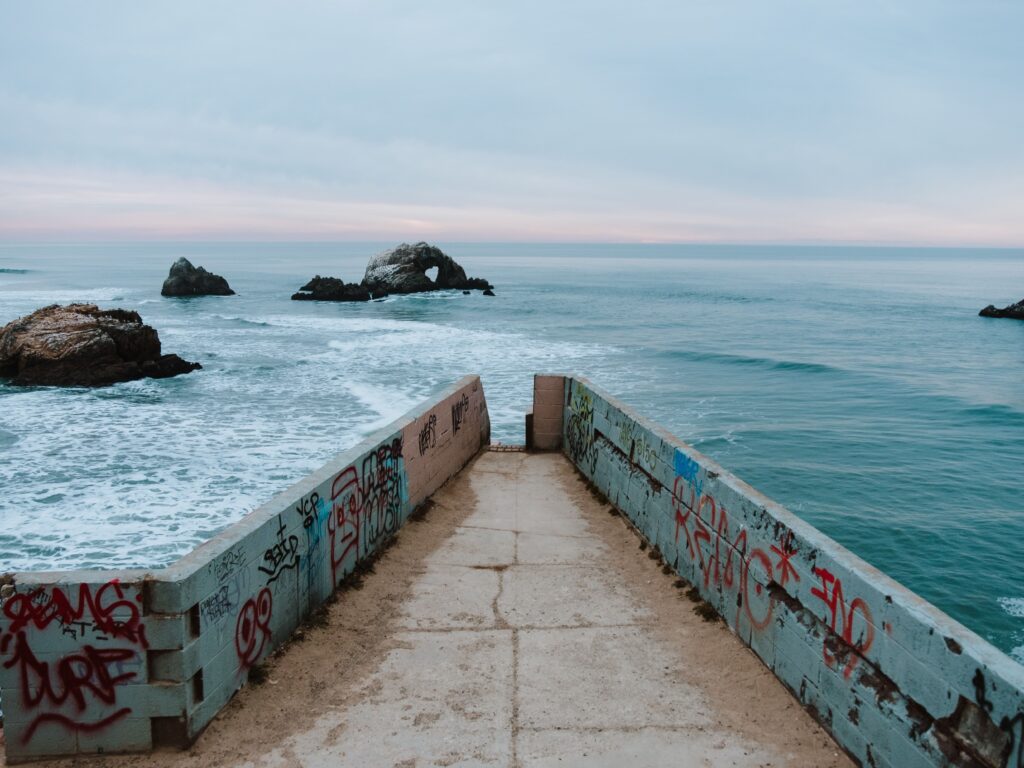
The ancient Romans were known for their impressive engineering feats, constructing vast networks of roads, aqueducts, ports, and buildings that have stood the test of time for over two millennia. One material that played a key role in these structures was concrete, with many ancient Roman concrete structures still standing today. In contrast, many modern concrete structures have crumbled after just a few decades.
For years, researchers have been trying to uncover the secret behind the longevity of ancient Roman concrete, particularly in structures that were subjected to harsh conditions, such as docks, sewers, and seawalls, or those built in seismically active areas. A recent study by researchers from MIT, Harvard University, and laboratories in Italy and Switzerland has made significant progress in this field, uncovering ancient concrete-manufacturing strategies that incorporated several self-healing functionalities.
One key ingredient that has long been thought to contribute to the durability of ancient Roman concrete is pozzolanic material, such as volcanic ash from the region of Pozzuoli on the Bay of Naples. This specific type of ash was even shipped across the Roman Empire for use in construction, and was described as a key component of concrete by architects and historians of the time. However, upon closer examination, samples of ancient Roman concrete also contained small, distinctive, millimeter-scale white mineral features known as “lime clasts.”
These lime clasts, which are not present in modern concrete, were previously thought to be evidence of poor mixing practices or low-quality raw materials. However, the new study suggests that these tiny lime clasts gave the ancient concrete a previously unrecognized self-healing capability. The researchers believe that the lime clasts helped to seal cracks and preserve the structural integrity of the concrete over time, contributing to its durability.
To test this theory, the researchers performed a series of experiments on ancient Roman concrete samples, as well as modern concrete samples for comparison. They found that the ancient concrete was much more resistant to cracking and deterioration than the modern samples, and that this was due in part to the presence of the lime clasts. When the ancient concrete samples were subjected to stress, the lime clasts helped to seal cracks and prevent further damage, while the modern concrete samples showed significant cracking and deterioration.
These findings have important implications for the development of more durable concrete for modern use. By incorporating self-healing functionalities like those found in ancient Roman concrete, it may be possible to create concrete that can withstand the harsh conditions of the modern world and last for centuries to come.